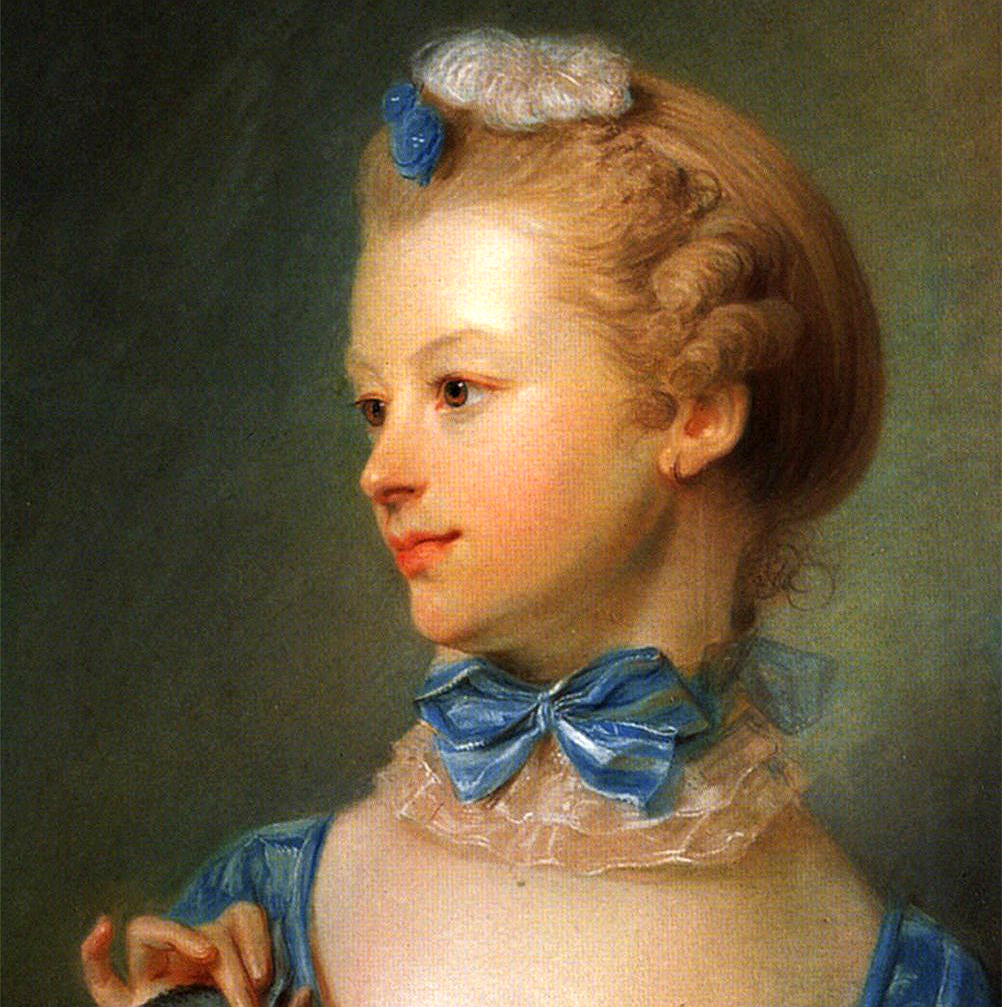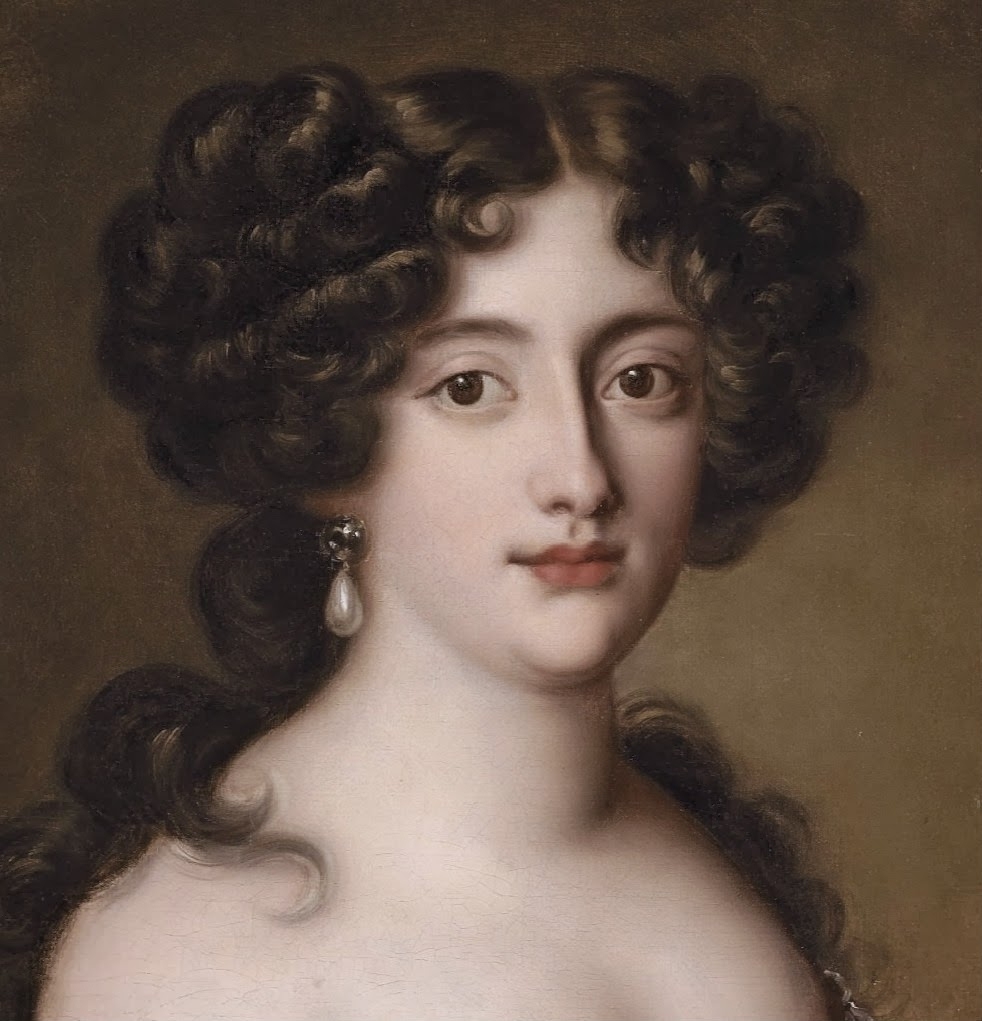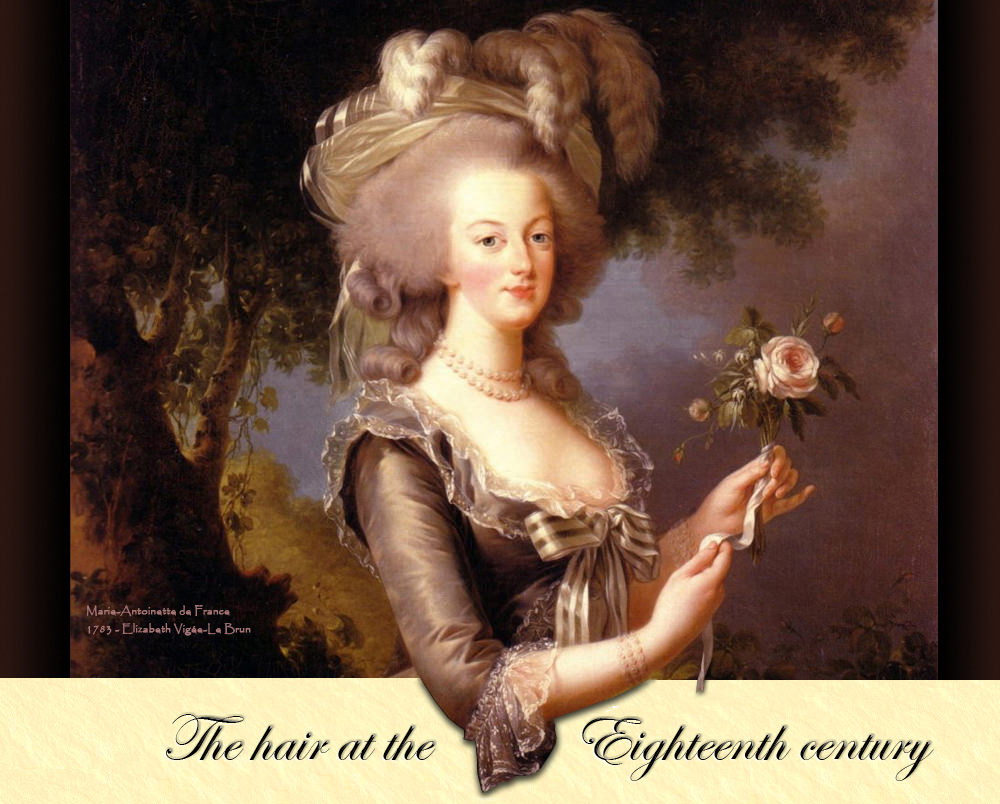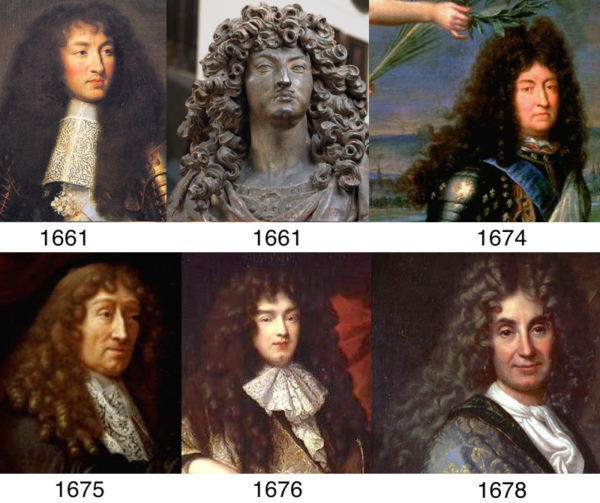Can’t-Miss Takeaways Of Info About How Did They Style Hair In The 17th Century Really Long Bob Hairstyles
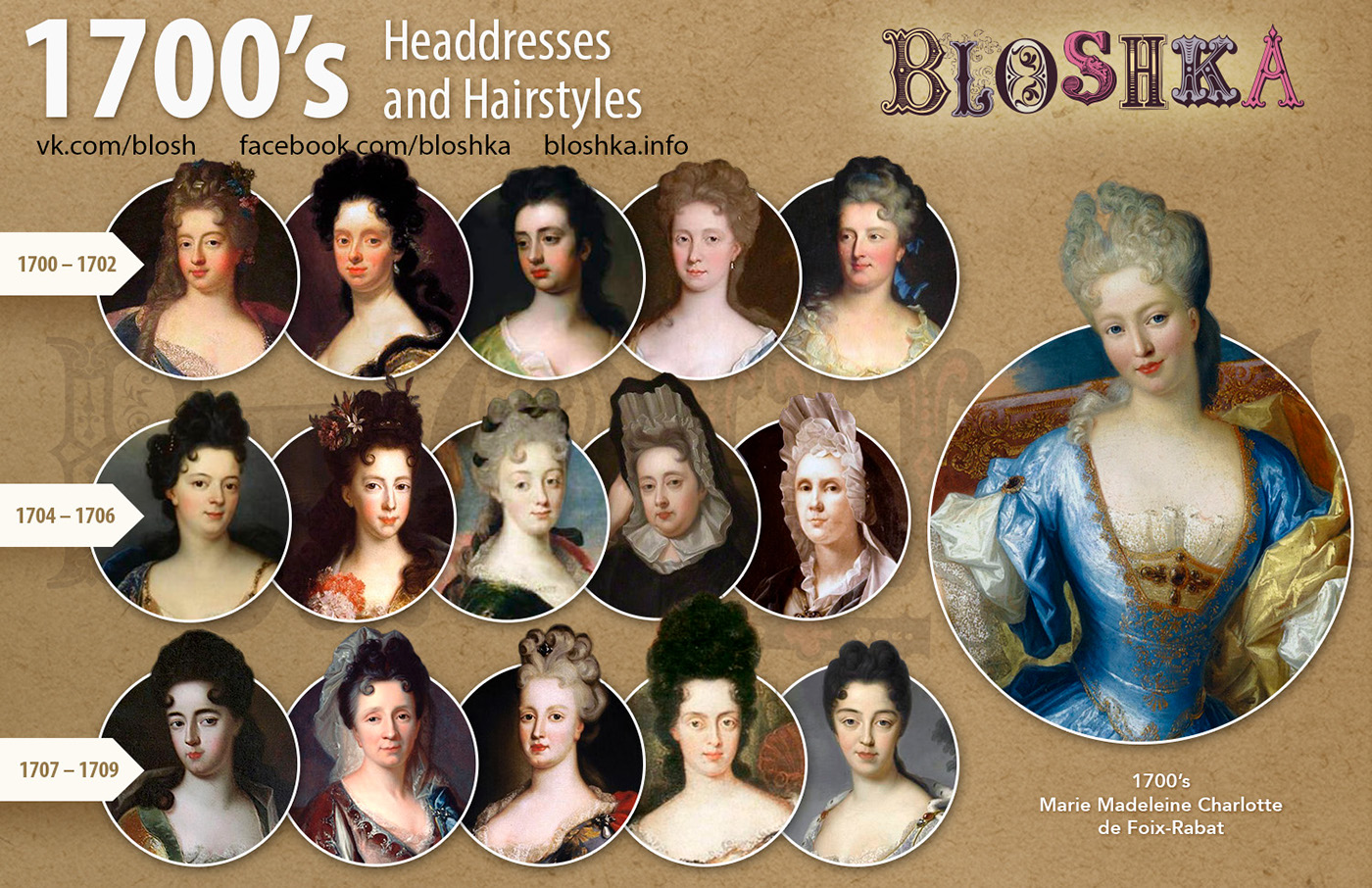
In the early 1630s the hair was drawn back from the forehead with side partings on both sides of the head and curls hanging from them, and sometimes at the back of the neck.
How did they style hair in the 17th century. A very common style had a single stiff curl running round the head at the end of the hair. Unfortunately, syphilis was also on the rise in europe, ultimately affecting more europeans than the black plague. The fontange of the 17th century gradually saw a reduction in size and height as women for the first half of the 18th century generally wore their hair small and close to the head.
Women began to wear simpler hairdos with long hair pulled back in chignons or simple pony tails, long curls trailing over the shoulder, and short ringlets framing the face. Beards and facial hair. A short fringe or bangs might be worn with this style.
A rising tide of mental health problems among teenagers has sent parents, teachers and doctors searching for answers. For the late 17th century, the fashion leader appears to have been louis xiv himself: In the 16th and 17th centuries, roughly 90% of men had some sort of facial hair.
While we often associate white powdered wigs with the 17th century, hair powder was actually used on natural hair as well. A few households featured ‘powder rooms:’ a small room set aside for the application of powder. Ancient statues and works of art brought back as spoils of war or as souvenirs from grand tours revealed classical hairstyles.
The hairpieces, known as perukes or periwigs, were designed as both a fashion statement and to cover hair. This series of images starts much earlier than the regency. Women’s hairstyles between 1700 and 1709 were similar to those of the preceding decade with the front hair arranged in curls on either side of the forehead and the back hair in a chignon (fig.
Her mother and aunts would have worn longer curls and powdered hair in her childhood. As much as two pounds heavier for the large periwigs popular until the 1730s [1]. In order to be considered beautiful (and fashionable), an early modern woman must also be virtuous.
Queen charlotte (1781) duchess of devonshire (1782) marie antoinette acquired the hairstyle, which was a creation from the famed hairdresser of the day, léonard autié. Henrietta maria of france, or queen mary of england, wife of king charles i,. The curls grew more elaborate through the 1650s, then longer, until curls were hanging gracefully on the shoulder.
Most sources indicate that he wore his own hair long, but when it started to thin, he took to wearing wigs instead. The combination of lard and powder produced rigid curls and stiff hair styles. Early in the period, hair was worn in a bun at the back of the head with a cluster of curls framing the face.
Jane austen, who was born in 1775, would have been familiar with the hairstyles depicted here up to 1817, the year of her death. A small chignon was worn halfway up the back of the head. Although time and expensive ingredients were lavished on appearances, beauty in the 17th century was seen as fleeting.
From unusual hair treatments to unexpected styles, here are the top five surprising facts about 17th century hair trends. During the 17th century, wigs were made of horse, goat, or human hair. Poor health and hygiene, with the use of poisonous materials, meant a woman was thought to be 'past her prime at 20, decayed at four and 20, and old and insufferable at 30'.
